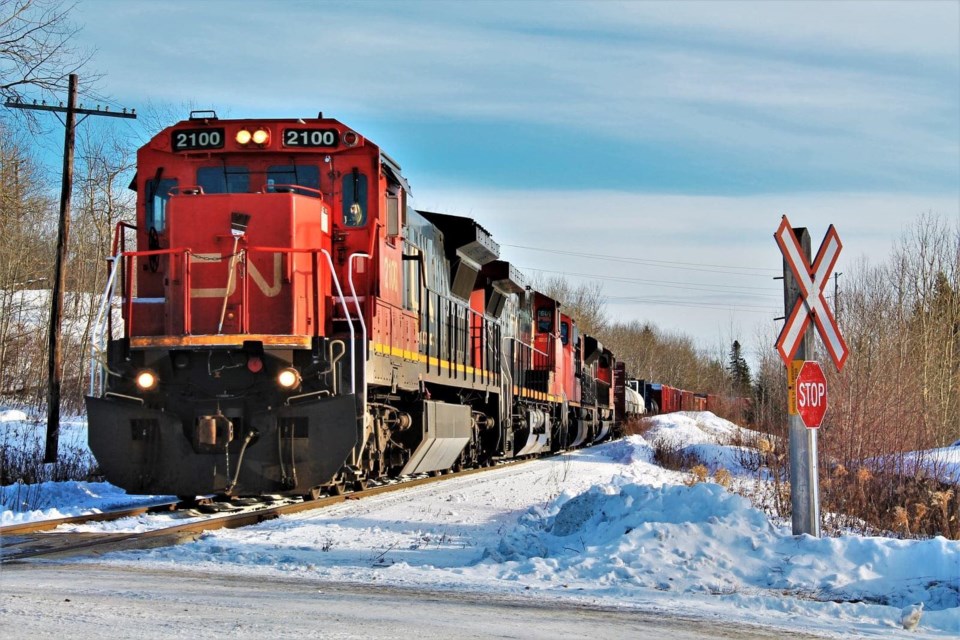A South Hill resident who lives near a spur rail line can make an addition to his 112-year-old home even though national guidelines suggest no retrofits should occur near rail operations.
During its Nov. 28 regular meeting, city council voted unanimously to approve a discretionary use application from a homeowner at 469 Maple Street West for an addition to an existing one-unit dwelling. However, the homeowner must register an interest on the property title at his expense, acknowledging the existence of the railway’s proximity.
The homeowner wants to add a 24.3-square-metre (270-square-foot) rear addition to his 63-square-metre (700-square-foot) home to accommodate an extra bathroom and move an existing bathroom closer to the living room.
“It was that part of the report that gave me comfort to support this, that the registration of the miscellaneous interest on the property would notify in the future (other) property owners,” said Coun. Heather Eby. “Because that’s what I was worried about … . It’s all fine for these people, but if they sell it, then (the new owners face issues).”
The land use is discretionary because it may conflict with permitted uses in some circumstances, a council report explained. The zoning bylaw says no alterations or enlargements to land can occur without discretionary approval first.
The home was built in 1910 when Moose Jaw lacked zoning districts, while it was only in 1953 when the municipality adopted a zoning bylaw and zoned the property to industrial, the report continued. The city’s 1979 zoning map identified this area and rezoned it as a C2 commercial district.
The proposed development is 27 metres away — 12.94 metres from the shared property line — from the Canadian National spur rail line, and while the municipality has not formally adopted development regulations for building near railways, the Official Community Plan (OCP) suggests city hall analyze such developments on a case-by-case basis.
That analysis should use guidelines from the Federation of Canadian Municipalities and the Railway Association of Canada for new developments near railway operations.
The guidelines are intended to help municipal staff “better understand the safety, vibration, noise and other issues related to new development along railway corridors and to more effectively evaluate and provide feedback on development proposals, particularly when they involved a residential component,” the report said while emphasizing the matter.
The guidelines also say that “implementation of such measures is easiest to achieve for new greenfield development. For this reason, these measures are not intended as retrofits for existing residential neighbourhoods in proximity to railway operations.”
City administration’s interpretation of those guidelines is the addition of a bedroom and bathroom is considered a retrofit development in an existing neighbourhood and not considered a “new residential development,” the report said, considering the home was built in 1910 and the homeowner is not proposing to build a new dwelling.
City hall is recommending a registration of miscellaneous interest on the property title to notify future property owners of the railway’s proximity, added the report, while new residential developments or other proposed sensitive land uses located on the property would be subject to the guidelines’ measures.
The next regular council meeting is Monday, Dec. 12.




